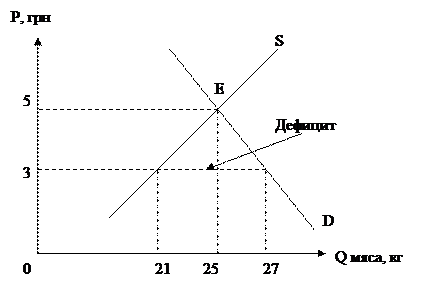History of Linguistic Analysis
Throughout history individuals have tried to describe their own languages in ways that make the workings of these languages appear more meaningful and orderly. Panini, a 5th-century BC Indian grammarian, described the sounds and construction of sentences of the Sanskrit language in great detail. The ancient Greeks and Romans were also curious about their languages and wrote grammatical descriptions, frequently from a philosophical or literary point of view. The writings of two Greek grammarians, Dionysius Thrax in the 2nd century BC and Appollonius Dyscolus in the 2nd century AD, strongly influenced the Roman view of language. The works of Donatus, a 4th-century AD Roman, and the 6th-century Latin grammarian Priscian adapted Greek thinking to the Latin language. They had a profound influence on Western thought about language. Until recent times the grammar of Priscian in particular served as a model for the description of medieval and modern European languages, including English. Such concepts as parts of speech (nouns, verbs, and adverbs) and case (nominative, accusative, genitive) stem from Priscian's work. In the late 18th century the English scholar Sir William Jones noticed similarities between Sanskrit, Greek, and Latin. He suggested that the three languages might have developed from a common source. He also discovered that Gothic, Old High German, Old Norse, Old Persian, and Celtic showed similarities to the other three. In the early 19th century the scholars Jacob Grimm, a German, and Rasmus Rask, a Dane, noted that a number of consistent sound correspondences existed between Gothic, Latin, and Greek in words with similar meanings. For example, where Gothic had a t sound (taihun, "ten"), Greek, Latin, and Sanskrit had a d sound in the same position (Greek deka, Latin decem, and Sanskrit dasa, all meaning "ten"). This technique of comparing words became known as the comparative method. It was used to show that certain languages are related, like siblings, and to help construct parent languages from which the modern languages could have evolved. Thus English, modern German, Dutch, and the Scandinavian languages were described as having developed from an ancestor called Old Germanic. Old Germanic in turn developed from an even older ancestor called Indo-European. Many languages spoken today are descended from Indo-European. Eleven principal groups have been distinguished: Indian and Iranian (sometimes grouped as Indo-Iranian), Armenian, Hellenic, Albanian, Italic, Balto-Slavic, Germanic, Celtic, Anatolian, and Tocharian. Fig.2 “Indo-European Group of Languages” Figure 2 conveniently sets out these languages and their descendants in the form of a family tree. An examination of the vocabulary of the languages in these groups reveals certain common elements. One typical example is OE medu ‘mead, alcoholic liquor of fermented honey and water’, which appears as Sanskrit madhu ‘honey, sweet drink’, Lithuanian midus ‘mead’, Old Slavonic medu ‘honey, wine’, and Old Irish mid and Welsh medd ‘honey, wine’. From these forms, philologists reconstruct a hypothetical Indo-European word *medhu-. Another example is OE modor ‘mother’alongside Sanskrit matar, Latin mater, Tocharian macar, Old Slavonic mati, and Old Irish mathir. These forms are traced back to Indo-European mater. There are not written records of this language. The fact that languages can and do exist only in spoken form reminds us that language is primarily speech and that writing is only a conventional and inexact way of recording it. But even speech is not exact. Sounds are produced by the voluntary movement of the so-called ‘organs of speech’ and none of us regularly produces the various sounds in exactly the same way. The reconstructed Indo-European language cannot have been an exception. But there is another possible complicating factor here. Whether it was originally spoken by a group of merchants or by a dominant race or by peasant farmers, this language was probably not used only by native speakers. It may also have been spoken by people of different races and languages whose pronunciation retained some of the characteristics of their native language. The very great differences, the mutual incomprehensibility, between the languages descended from Indo-European, call for explanation. As long as the speakers of Indo-European were in touch with the original speakers, they would have to conform more or less to the standard; if they did not, they would not be understood. But once this contact was lost and each nomadic tribe went its own way by climbing and descending a mountain, by crossing a river, or by traversing a forest, the standard disappeared and all that mattered was that the members of each tribe could understand one another. In those tribes which did not consist of native speakers of Indo-European, the roots of change existed in an even greater degree because their members had learnt Indo-European as a foreign language and therefore did not pronounce its sounds in the same way as native speakers. The resulting variations, which differed from tribe to tribe under the influence of different original languages, were gradually exaggerated as the various tribes, some of them not using exactly the same pronunciation, went off in different directions: south-east to produce speakers of Indian and Iranian; along the nothern shores of the Mediterranean to produce speakers of Hellenic, Italic, or Celtic; west and north-west through the forests to produce speakers of Germanic or Balto-Slavic; and so on.
|




